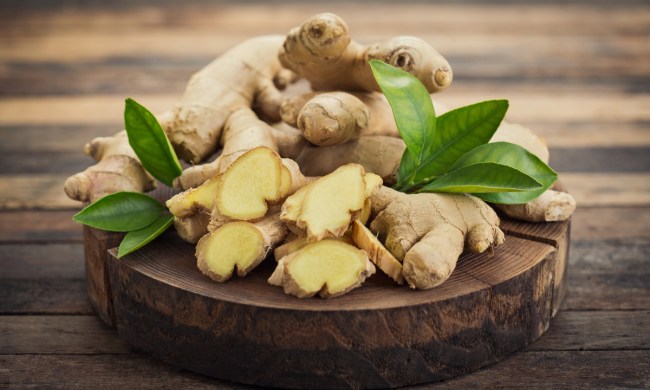A good salad is refreshing and nutritious, and the best salads are often made at home with fresh ingredients. No matter what you add to your salad, few things form a better base than freshly harvested lettuce. This vegetable doesn’t grow all year round, though, and a single head of lettuce can only produce so many leaves at a time.
So what should you do if you’re looking to get the most mileage out of your harvest? There are methods of harvesting and regrowing lettuce that can provide you with extra lettuce to keep your salads fresh. Don’t worry, we’ll walk you through how each method works. Here's how to harvest lettuce!

Harvesting by the leaf
The first method is to harvest your lettuce by the leaf rather than by the head. This means only harvesting a few leaves at a time as you need them, which encourages the lettuce plant to grow more leaves. This method is great if you only eat lettuce occasionally, or if only one person is eating the lettuce.
If you eat lettuce more frequently, or if you’re feeding more than one person, then this method may not give you enough lettuce at once. An easy solution to this is to grow multiple lettuce plants and harvest a little from each.
You can harvest the leaves by cutting or pinching. However, pinching the leaves off can crush the leaf. While this isn’t a big deal for the part of the leaf that you’re eating, the damage can result in the leaf not growing back or growing back more slowly as the plant repairs the damage. Dull scissors or a dull knife can create the same problem. It’s best to use a sharp, clean knife or pair of scissors.

The cut and come again method
This method is great if you need a lot of lettuce at once but still want to get a second or third harvest from your plant. It’s particularly useful if you have multiple lettuce plants, especially if they have been planted at different times so that you have additional lettuce heads ready for harvest during the week or two it takes the first lettuce to regrow. Here's how to use the cut and come again method:
Step 1: Hold the leaves up so you can see the stem clearly. You can use your hand or secure the leaves with a rubber band.
Step 2: Make one, clean cut through the stem using a pair of sharp, clean scissors or shears, leaving roughly 2 inches on the stem in the ground.
Step 3: Continue to care for the remaining stems as normal, and they should continue to grow new leaves.

Regrowing lettuce from the stem
If you’ve already harvested your full head of lettuce, or if you’ve purchased a head of lettuce instead of growing one, is all hope lost? Not at all! You can regrow a head of lettuce from the stem, similarly to how it would be regrown in the cut and come again method.
Lettuce heads regrown using this method tend to be smaller than the initial head, but it's still useful for reducing food waste and getting a few extra leaves for salads or sandwiches. Additionally, it’s a good way to grow extra lettuce out of season, when it may be too cold or too hot for lettuce.
Step 1: Remove the leaves from the lettuce stem, leaving roughly an inch of leaf attached.
The leaves can be eaten as usual, but keep the stem.
Step 2: Prepare a shallow container of water, one for each stem you have.
The container should be just large enough for the stem, and the stem should be half submerged in the water, with the leaves above the water level.
Step 3: Add rocks around the base of the stem, or toothpicks in a tripod formation, if the stem tips over.
Step 4: Place the container in a sunny location, such as a window sill.
Step 5: Change or refill the water every other day.
If you place the container outside then you may need to refill it more often, as direct sunlight makes water evaporate faster.
Step 6: Harvest the lettuce after 10 to 14 days.
Whether you want it for salads, sandwiches, or wraps, these methods of harvesting and regrowing lettuce will help keep you supplied with your favorite lettuces. Next time you grow your favorite lettuce varieties, try one of these methods out to see how it works for you! They’re fun, easy, and effective, so keep them in mind next time you head out to your garden to harvest some lettuce.




